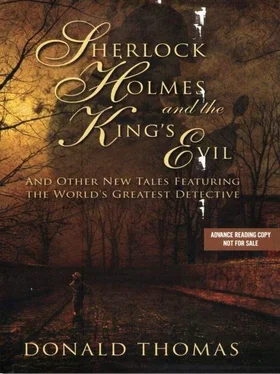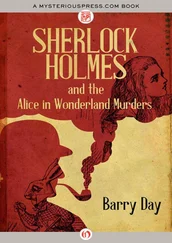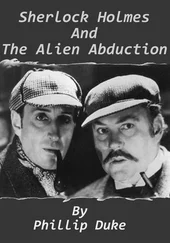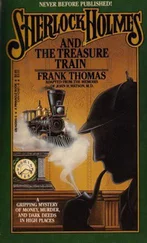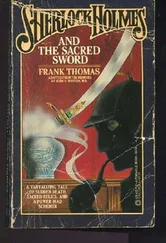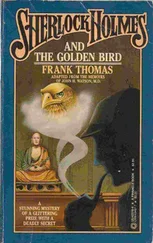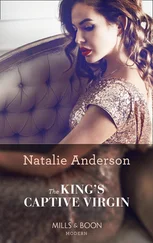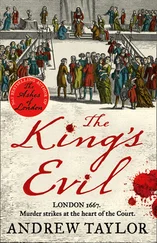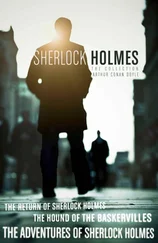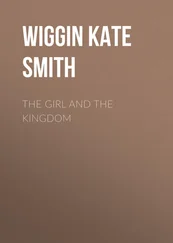Piatkoff is described as tall and thin with prominent features, dark hair and whiskers, wearing a dark overcoat with Astrakhan collar and a broad-brimmed felt hat of “Rembrandt” design.
“Which will make him almost indistinguishable from a hundred thousand other men in our city,” said Holmes philosophically.
I felt a little heat at the newspaper’s familiarity.
“The whole thing is written with tongue in cheek, I said, ”A piece of damned
impertinence and a handy tip for Piatkoff! His friends will be reading the paper this morning, even if he is not.”
Holmes continued to butter his toast before spreading marmalade.
“I have not the least doubt that he and they will be reading it.”
Soon afterwards he left to give his assistance to the nation, as represented by his brother William Mycroft Holmes. For many years the ungainly but brilliant Mycroft had dominated the British Civil Service, as the Chief Adviser on Inter-Departmental Affairs. Wherever there was trouble, Mycroft was soon on the spot. As his younger brother Sherlock had once remarked to me, “Not only is he an adviser to the British government, on occasion he is the British government.
I was left to cool my heels for an hour or two while the brothers made arrangements with Lestrade for my tour of Holborn, Houndsditch, Whitechapel, Mile End and wherever else we might find Piatkoff or tales of Piatkoff. Within half an hour there were stories enough. To the Anarchist Communists, if not to the world of art, his arrival was nothing less than a messianic event.
My companions, who arrived at Baker Street that morning in a nondescript cab, were Sergeant Wiley and Constable Parks of the Plain Clothes Division. In their grey flannel suits and bowler hats, their neatly-cut hair and clipped whiskers, they might excite the suspicion of the criminal world by their uniform ordinariness. However, that was no business of mine. The cabby who, for all I knew, might be another plain-clothes officer, drove us briskly down the length of Baker Street and then eastwards towards Holborn and the poorer districts of the city.
Except for the dreadful incident in Exchange Buildings, I knew absolutely nothing about the geography of Anarchism in London ’s East End. My companions were better informed. I had only to keep my eyes “skinned” as we passed down street after street, repeatedly, throughout the day. It was impossible to let me out of the vehicle, for fear that I should be recognised by someone who had seen me on the night of the shootings. Dark though it was, I had spoken to a considerable number of people in the dreadful aftermath, as I did my best for the injured and the dying.
Fortunately my companions were well informed. In the wastes of the Mile End Road, with its drab commercial premises and the narrow streets of dockers’ terraced houses running to either side, Sergeant Wiley called a halt. We had stopped by a hemp merchant’s warehouse to pick up a shabby young fellow whom I would have avoided at all costs. In his brick-red wind-cheater jacket and his corduroy trousers, a careless scarf flapping at his neck, this idler proved to be Sergeant Atherton of Scotland Yard, in plain clothes suited to this habitat. It was no surprise to me after the shooting of five policemen that officers were active in the area, disguised as boot-blacks, pedlars and street-hawkers.
We turned off the main highway and dropped Atherton in the narrow thoroughfare of Jubilee Street to the north. Between the terraces of little houses was what appeared to be a dilapidated church hall. In reality it was, as a board announced, “The Hall of the Friends of the Workers.” This had been founded by the most famous Anarchist of all, Prince Kropotkin, during his long exile in England. It had a reputation for preserving anonymity. Even with his pseudonym of George Gardstein, Poloski Morountzeff was never known here as anything but “The Russian.”
The building was dilapidated but the gossipers gathered inside and outside its doors every day. That afternoon we again picked up Sergeant Atherton, or Volkoff as he was known in the club. He met us several streets away and confirmed that the sole topic of conversation among his comrades had been the arrival of Peter the Painter and the triumph that was to come. Men and women who associated at the club were by no means all in support of assassination but every one of them seemed to hail Piatkoff as the leader of a promised revolution.
Of Piatkoff himself there was still no further sign. Our driver turned his horse’s head from Whitechapel to Houndsditch, then to High Holborn. For the rest of the day, we pulled up at various cab-stands, as if waiting for a pre-arranged fare. At length we were drawn up in High Holborn, almost at half-past four with the lamps lit in a growing fog. I was watching the slow parade of pedestrians who sauntered past the illuminated shop-fronts with their lavish displays behind plate-glass windows.
We had been there almost ten minutes when I noticed a man moving more quickly and purposefully than the rest. He was walking away from us on the left-hand pavement. A broad-brimmed artist’s hat covered his head and the collar of his dark coat bore a strip of Astrakhan. I could not be sure that he was our quarry. As Holmes remarked, the coat, the hat, and the man’s height matched thousands of others.
Just then he began to cross the street and in doing so naturally turned in our direction to see that the way was clear. For about ten seconds I saw his face-the time was long enough. The steady eyes, the pointed nose, even the dangerous flush at the cheek-bones, were those I had fixed in my mind the evening before. He reached the far side, turned away from us again and almost at once entered a smartly equipped shop with its window brightly lit. Before I spoke to Sergeant Wiley I looked up to see which shop this might be. The name was there in polished brass, set into mahogany. “E. M. Reilly & Co.-Guns & Rifles.”
My escorts were under orders not to approach the subject. He was likely to be armed. I could not say whether Sergeant Wiley or Constable Parks carried a gun but such a thing is rare, even on plain-clothes duty. In any case, Holmes had insisted that a man suspected of being Piatkoff was not to be seized immediately. He was of more use at liberty, leading us to the rest of the conspiracy. Acting on my information, the sergeant and his constable now stepped quietly down from the cab, went separate ways, and closed in upon their prey from opposite points of the compass.
That was the last I saw of the drama. It would never have done for Piatkoff to recognise me-if he could. Much to my chagrin, the day now ended with a drive back to my club, the Army and Navy in St James’s Square, where I dined alone. Winter had come with the darkness. The breath of muffled passers-by beyond the dining-room windows condensed into clouds of mist. At half-past nine, another cab took me to Baker Street, where I slid my latch-key into the lock of 221 B just as the clock of St Mary’s, Upper York Street, struck ten on the cold and foggy stillness of London’s sooty air. Mrs Hudson’s maid had put up the gas and there was a welcome fire in the grate-but of Sherlock Holmes there was no sign. He had dined again with his brother Mycroft and I was content to pour myself a glass of whisky and reach for The Heart of Midlothian.
About twenty minutes later I heard voices and footsteps on the stairs. Sherlock Holmes came in first with Lestrade just behind him.
“Ah!” said Holmes, sliding his stick into the rack and taking the inspector’s coat, “our sleuth-hound Watson is here before us. We have heard from Mycroft of your invaluable piece of detection today, old fellow. My congratulations.”
He poured a measure from the decanter into each of two glasses and handed one to the inspector.
Читать дальше
